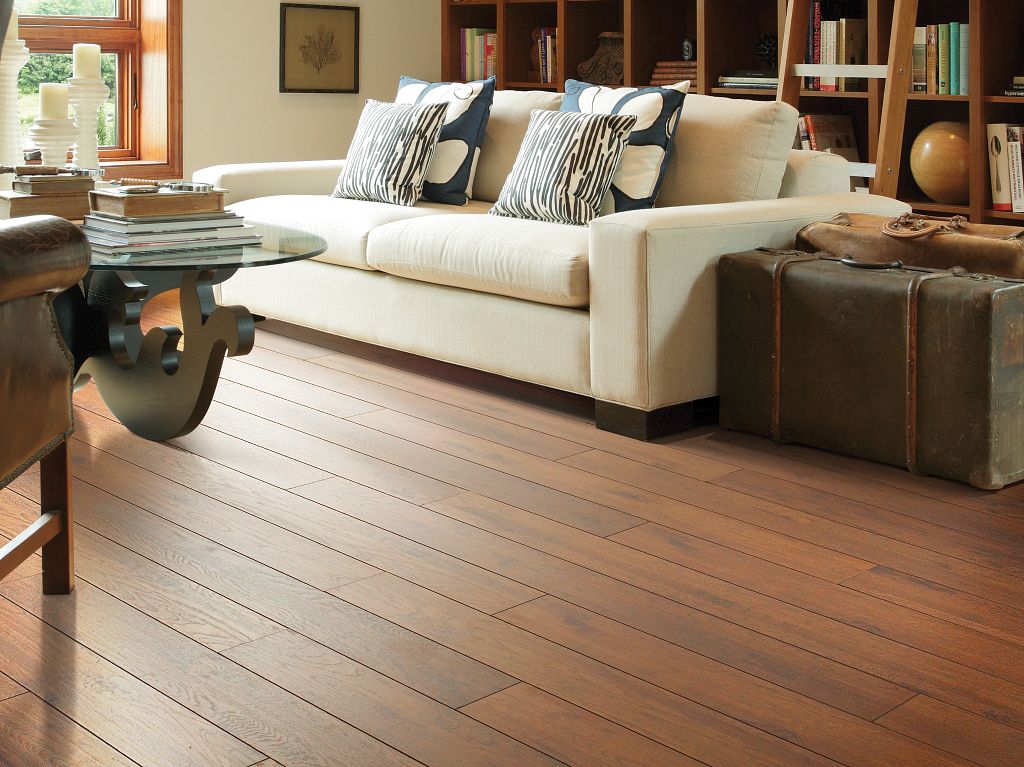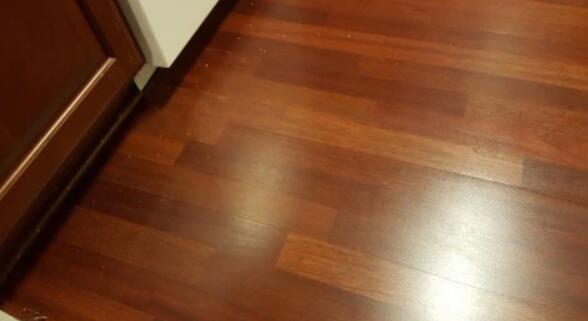What Causes Laminate Floors To Be Sticky

Sometimes a tacky wood floor is caused by heat or humidity in the air.
What causes laminate floors to be sticky. Durable laminate flooring resists stains and cleans up quickly making it a ubiquitous choice for covering kitchen floors. However improper cleaning can leave a sticky film behind. During dry cold weather laminate might shrink causing cracks to appear between each plank. The problem with laminate floors is that too much water seeps into the cracks between the planks and can cause swelling and damage that is irreversible.
The first important thing to consider is what exactly causes a floor to be sticky. Combining with other chemicals it causes the oxidizing reaction to happen and results in the sticky stains. Humidity levels in your home are often affected by seasonal changes and laminate flooring responds by expanding and contracting. What causes a sticky floor.
Using too much cleaning chemical is often the main reason that floors become sticky. The soapy residue dries and is left behind. A little water goes a long way on a laminate floor. How to make floors less sticky after mopping.
For most areas of laminate flooring in your home a dry or dust mop may be all that is needed for regular cleaning. It can be disappointing to slave over your vinyl tile or laminate flooring with a damp mop and the appropriate cleaner only to have them look clean. Dirt is a real enemy for the laminate floor so you have to clean it periodically with great care. Different kinds of dirt can cause scratch and other damage to the floor surface that may even void the product warranty.
Not only a vacuum suck up all the dirt and spread food parts but also even some hard substances as well. The grease released by pan frying gets into the air or ends up on the floor. The answer to this is that it s simply left behind chemical residue. A common mindset is that more cleaning chemical makes a cleaner floor.
Laminate flooring can become sticky for a number of reasons. Even the mildest of cleaning solutions if used in a heavy dilution will cause floors to become sticky. Cleaning solutions for mops often contain an assortment of chemicals. Or in winter calcium chloride as well as salt is dissolved into water and gets sticky on the floor.
Take the kitchen for example. In other cases the tackiness is simply due to dirt and buildup on the floor caused by tracking dirt mud and other substances into the house with your shoes. Sticky or dirty sections can be spot cleaned using a rag and spray bottle without having to mop the entire floor. As the top coating gets hot it may soften and cause the feeling of stickiness to the touch.
While these make your floor look shiny they can leave behind the stickiness that many despise.














































